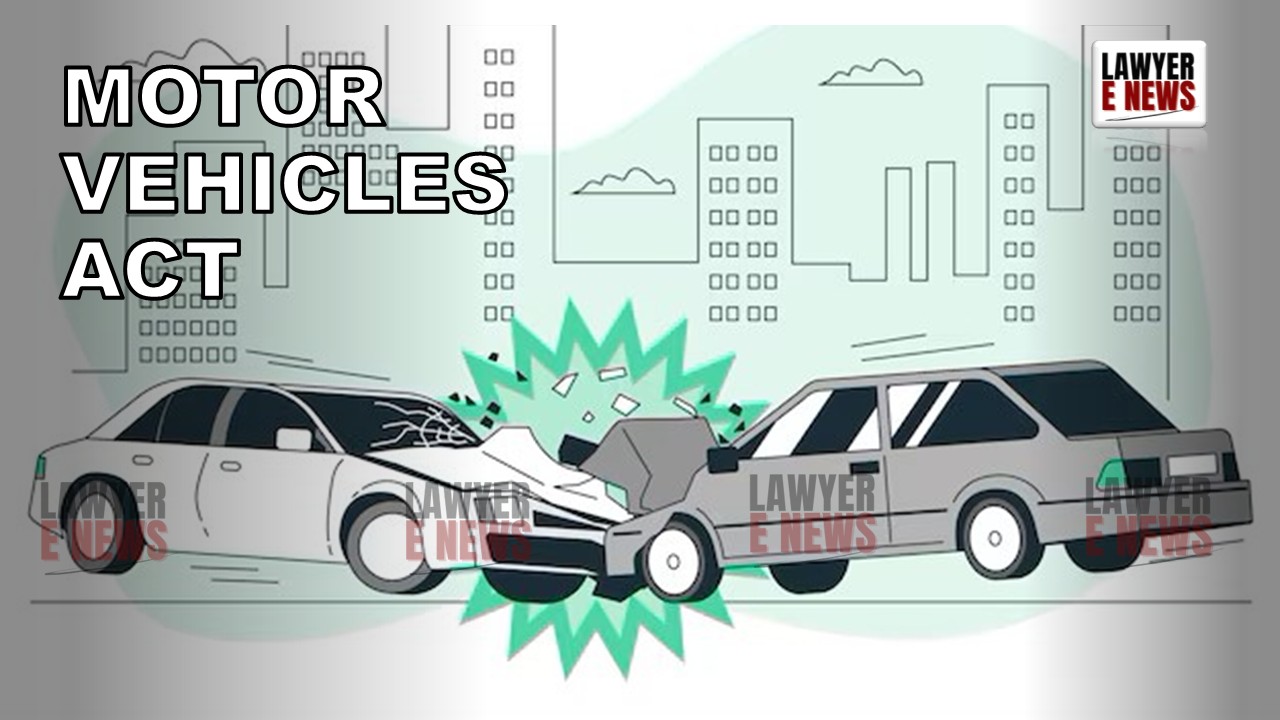-
by Admin
17 December 2025 8:55 AM



“Despite the amputated leg and deformed hand, the appellant could still move on crutches — the functional disability is 80%, not 100%.” - In a judgment Supreme Court of India clarified the methodology for assessing functional disability in motor accident claims. The appellant, who suffered a below-knee amputation and right-hand deformity in a road accident, sought full compensation by arguing that his functional disability was 100% due to loss of livelihood as a watchman. The Court, however, held that compensation must be based on functional, not physical incapacity, and awarded 80% disability considering that the injured retained mobility with crutches.
The appellant, while riding pillion on a motorbike, was gravely injured when a bus rammed into the vehicle, killing the rider and severely injuring him. His right leg was amputated below the knee and his right hand was deformed. Employed as a watchman earning ₹12,000 per month, the appellant claimed he could no longer work and sought ₹35 lakh in compensation before the Motor Accident Claims Tribunal.
The Tribunal found 80% negligence on the part of the bus driver and 20% contributory negligence by the motorbike rider. It awarded ₹16,34,650 in compensation, including ₹5,17,850 for medical expenses, ₹50,000 for permanent disability, and ₹20,000 for two months' income loss, along with interest at 9% per annum.
The High Court increased the compensation by adding 40% towards future prospects based on National Insurance Co. Ltd. v. Pranay Sethi [(2017) 16 SCC 680], and granted income loss for six months. However, this enhancement was challenged before the Supreme Court.
Functional Disability
The appellant urged the Supreme Court to treat his disability as total, claiming that his amputation made him unfit for watchman duties. The Bench, comprising Justices K. Vinod Chandran and Sudhanshu Dhulia, rejected this argument, stating: “We are of the opinion that the disability of the appellant would be 80% only, considering the fact that the appellant could still move on crutches.”
The Court relied on the established precedent in Raj Kumar v. Ajay Kumar [(2011) 1 SCC 343], which emphasized that: “The disability assessed for determining compensation should be the functional disability.”
It noted that while the physical disability was assessed at 80% for the leg and 10% for the hand, the functional disability should reflect actual impairment in earning capacity, not merely the nature of the injury.
Importantly, the Court gave weight to the medical evidence presented by the doctor, who stated that: “The stump of the right leg was deformed and there was no possibility of using an artificial limb.”
Despite this limitation, the Court did not accept the argument for total (100%) disability, stating that: “Just compensation must be realistic and reasonable — the appellant's ability to move with crutches cannot be ignored.”
Revised Compensation and Computation by the Court
The Court re-evaluated the compensation to reflect a more accurate and just assessment: It held that income proved before the Tribunal should form the basis for compensation and corrected the High Court’s application of a 40% future prospect enhancement, clarifying: “40% increase is to take in the future prospects of the injured and as on the date of accident when the income is proved, the loss of income should be based on the income proved before the Tribunal.”
The Court ultimately computed the compensation as follows:
• Loss of future income: ₹21,11,262.72 (₹9,818 monthly income × 140% multiplier × 12 × 16 × 80% disability)
• Attendant charges and special diet: ₹90,000 for 6 months @ ₹15,000/month
• Medical expenses: ₹5,17,850
• Pain and suffering: ₹1,00,000
• Loss of income during 6-month recovery: ₹60,000
Total Compensation Awarded: ₹28,79,112.72
The Court also affirmed apportionment of liability between the bike and bus insurers in a 20:80 ratio and ordered the amount to be paid within two months, deducting any prior payments and with 9% interest as set by the Tribunal.
This ruling underlines the Supreme Court's consistent emphasis on grounding compensation in functional disability, not theoretical or vocational incapacity. The judgment highlights that even severe injuries do not automatically translate into total earning disability. Courts must adopt a balanced and evidence-based approach, ensuring justice without overcompensation.
Date of Decision: May 7, 2025
